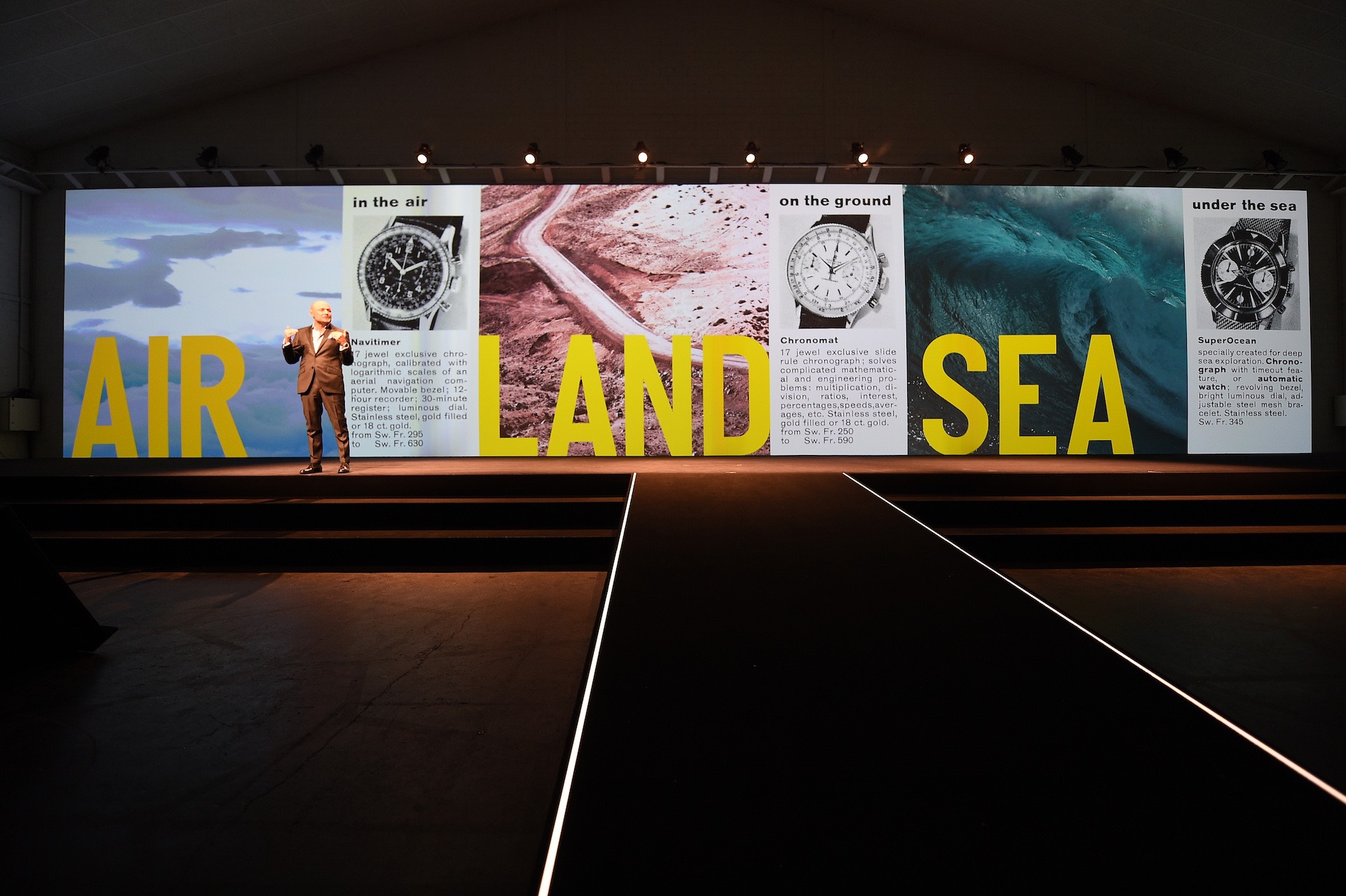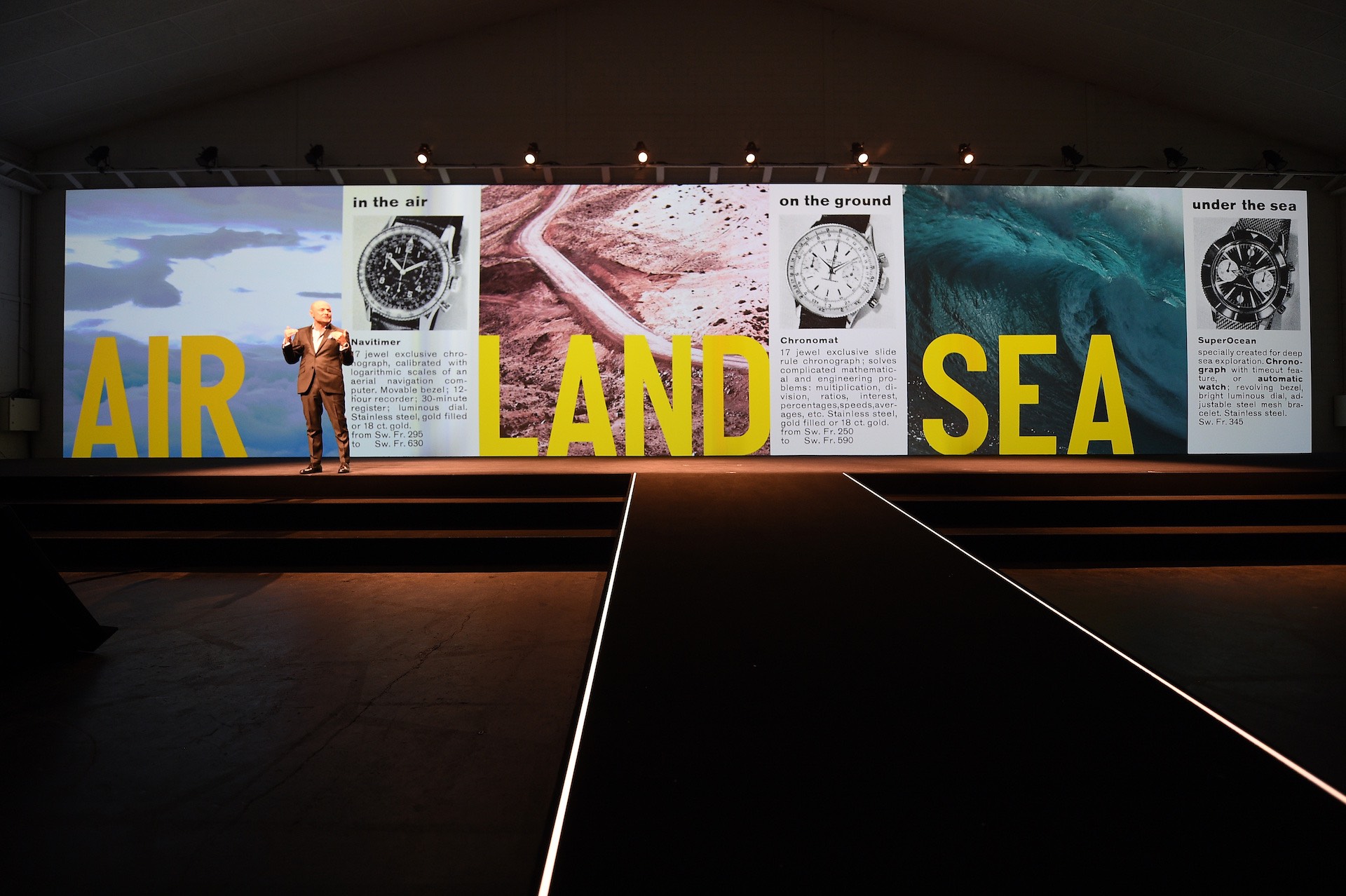Georges Kern has been the CEO of Breitling watches since it was still recently acquired by a private equity firm. He landed at the prestigious Swiss sport watchmaker after an engaging career running IWC at Richemont. At Breitling, the watch industry has been able to experience a more “unleashed” Mr. Kern, and the result has been a wave of novelty in all areas, ranging from products to in-store experiences.
Mr. Kern has, in many ways, entirely re-focused a very traditional brand but in a way that a lot of watch-lovers agree still feels very much “like Breitling.” Between his fervent collection of celebrity brand ambassadors to clever product collaborations, Georges Kern’s ambitious ideas for Breitling seem to have no end. More recently, he made the major announcement that Breitling would be leaving Baselworld, choosing instead to focus its resources on a series of “Breitling Summit” events, the first of which have already taken place.
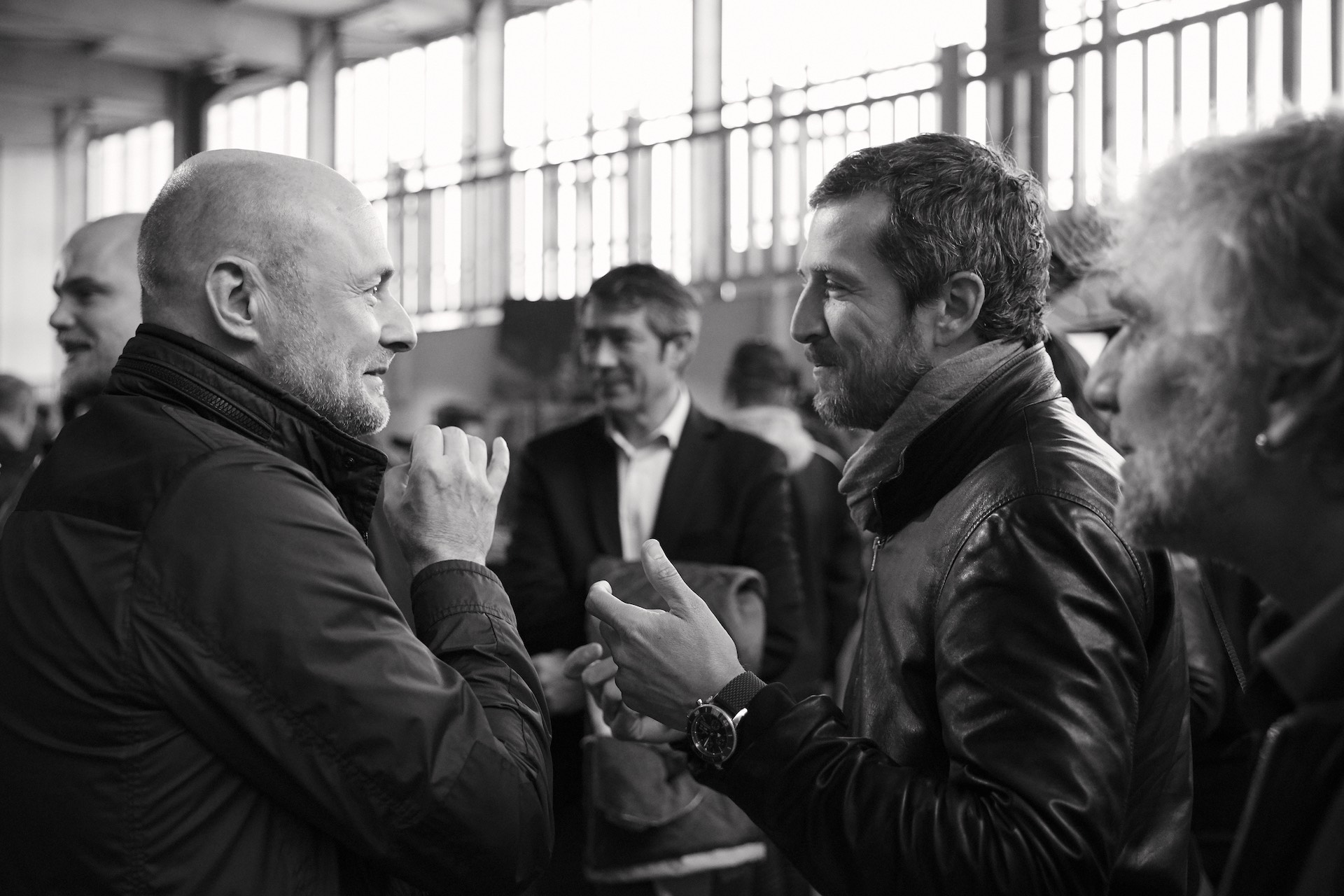
aBlogtoWatch spoke to Mr. Kern just prior to the upcoming Breitling Summit right here in Los Angeles. I want to give aBlogtoWatch audience members some insight as to what is on Mr. Kern’s mind and what his strategy is to gracefully fly Breitling into the next phase of whatever the luxury watch industry will look like tomorrow.
Ariel Adams (AA): Mr. Kern, thank you for talking to the aBlogtoWatch community today. I think most people agree Breitling — since its new management took over — has been making a real splash with timepiece enthusiasts and the public-at-large. Did you specifically intend this? What things “went right” over the last two years at the brand that allowed for the generation of this success and energy?
Georges Kern (GK): To answer your first question, we were, of course, aiming to “make a real splash,” as you say. It didn’t happen by accident. Our clear brand identity, an impactful and focused #squadonamission campaign, an entirely new and engaging digital presence (including e-commerce, a new retail and distribution concept and, of course, cool products) resonated with a number of different communities, including a younger audience than Breitling has historically attracted.
Also, we have made a clear segmentation of our product portfolio. Our core collection with its four brand universes – Air, Sea, Land, and Professional – was complemented by Capsule Collections, Limited editions and Re-Editions. This combination served two disparate groups of Breitling fans: On one hand, there were those who were drawn to watches we produced in the last three decades, and on the other hand were the aficionados who admire the watches from the 1940s to the 1970s.
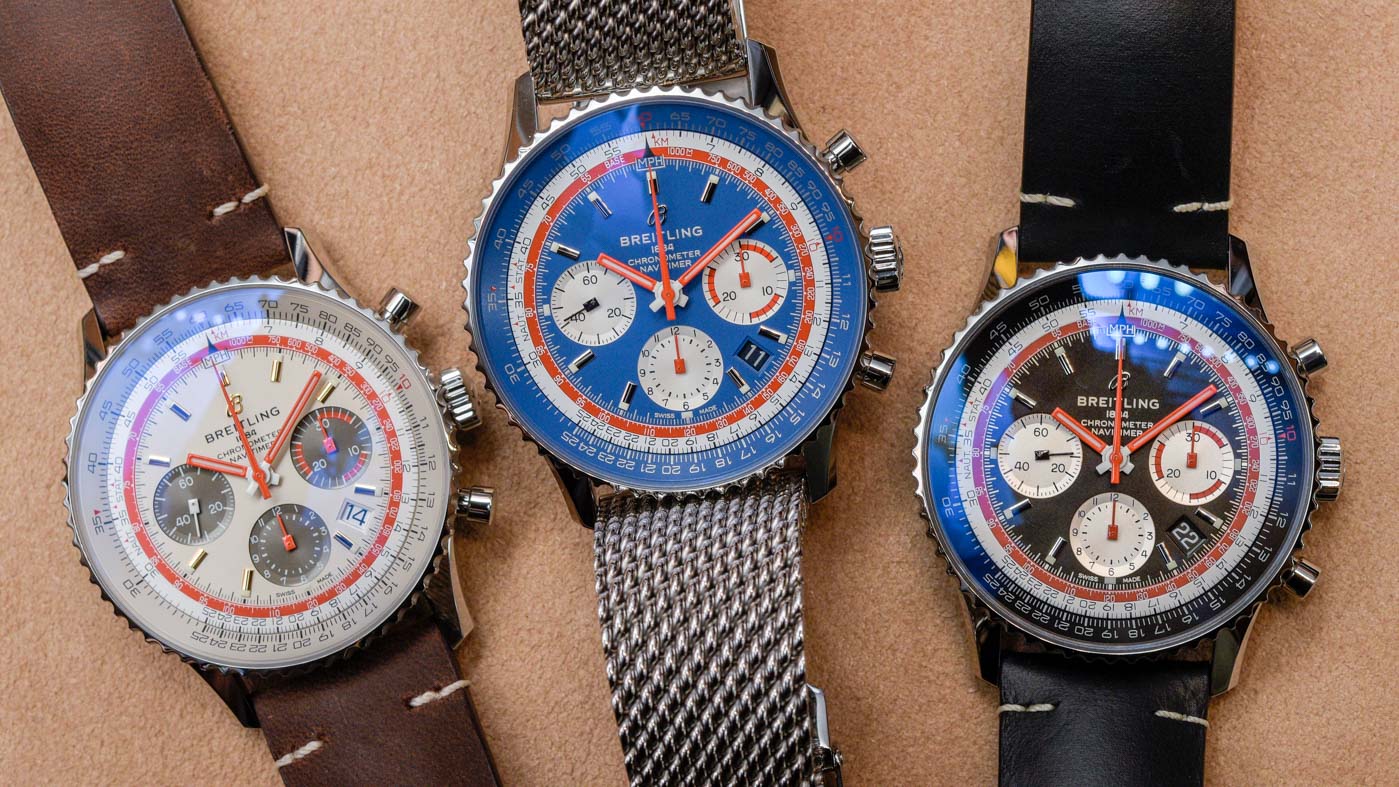
I would add that our “modern retro” style, which characterizes not only our watches but also our boutiques, has been very well received. And when you add all that to our people – a team of true experts who have impressively broad experience across a full range of professional disciplines – Breitling has developed a formula guaranteed to make a splash.
AA: You are a practical leader, known to focus on practical solutions to the myriad of issues you face as a watch industry manager each day. Yet, we live in unpredictable, shifting times both geo-politically and in the luxury watch industry. What rules and wisdom have you found to help you navigate ahead through uncertain waters?GK: Above all, a brand like Breitling has to stay true to its roots. We have an incredible heritage and it is important to communicate that rich history effectively. You mention the unpredictable times we’re living in and, while there’s no question that there have been changes, at its core, a luxury watch brand still has to focus on the quality, performance, and design of its products.
One thing that has changed substantially is communication, and it is up to us to take full advantage of all the channels that are open to us. So, while we remain dedicated above all to producing great watches, we have focused on the best ways to communicate our core messages: Breitling is a cool alternative brand for men and women of action, purpose, and style. We are aspirational, of course, but we are also authentic and, with our modern retro style, we are appealing, accessible, and relevant to our audience. While most of these qualities have long been a part of our brand, what has changed is our ability to get that information to as many people as possible in the most effective and engaging manner.
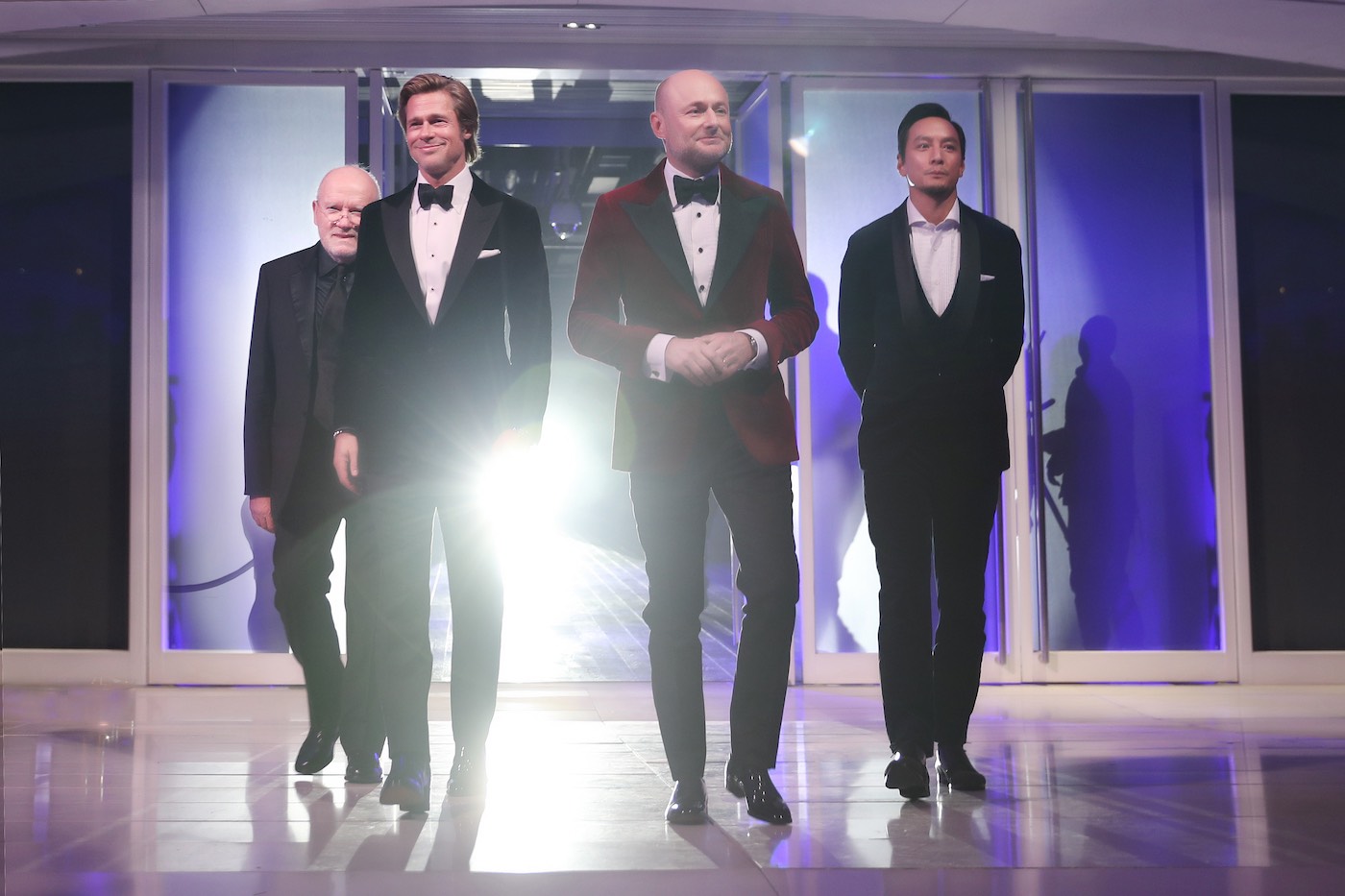
November 20th 2018 Breitling Gala Night Beijing Gala Dinner Breitling Squad Walking-in. From left to right, Peter Lindbergh, Brad Pitt, Georges Kern and Daniel Wu (PPR/Breitling)
AA: Breitling is starting to be associated with as many famous people as it has famous timepiece models. What is your particular approach when trying to select between new brand partners, sponsorship opportunities, and ambassadors. What makes a good Breitling “squad member,” and what are some traits that other brands might seek in an ambassador but that strictly don’t interest Breitling?
GK: As you know, our Breitling Squads are unique in the industry because instead of communicating through individual brand ambassadors (as our industry has always done), we put together small groups – or squads – of men and women who have distinguished themselves in a range of disciplines.
And we choose the fields according to how they fit with the values and the message of the brand. We don’t work with anyone in tennis, golf or football – sports that have long been mainstays of the watch industry. We have a Surfers Squad, which reflects a particularly cool, laid back lifestyle. We have a Triathlon Squad, whose members are among the greatest endurance athletes on Earth.
Our Cinema Squad has Brad Pitt, Charlize Theron, Adam Driver, and Daniel Wu. Any of these actors alone could be the basis of a great campaign, but we work with them as a team, which distinguishes us from every other brand in the industry.
I should also mention our Explorer Squad with Bertrand Piccard, Inge Solheim, and David de Rothschild, who have accomplished incredible missions, broken records, and inspired millions of men and women around the world with their adventures. The Squad spirit and the shared desire to participate in meaningful missions are key qualities shared by all of our members. We wouldn’t be prepared to work with anyone who didn’t embrace that sort of commitment.
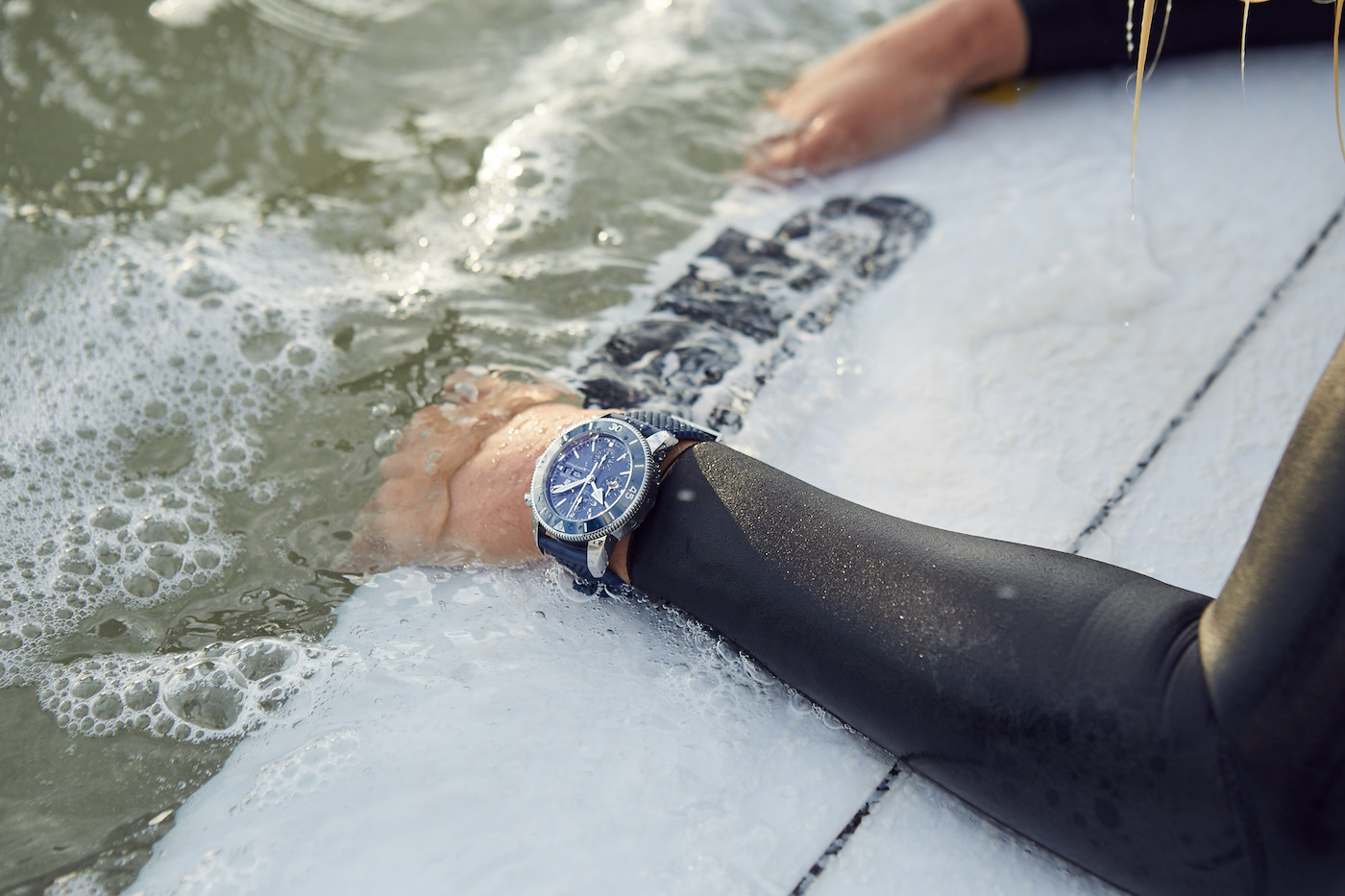
AA: Luxury timepieces are objects people want but no longer need. Yet, the irony is that watch consumers still prefer to purchase watches originally designed as “purpose-built tools.” What is your strategy when coming up with be Breitling products and what do you think that the average Breitling consumer is seeking in their next wrist watch purchase decision?
GK: I would come back to what I described earlier as our “modern retro” approach. The tool watches upon which Breitling built its reputation are still the inspiration for the models in our current collection. A Breitling still looks like a Breitling. But you are right to say that “purpose” is not the first criterion these days. Our customers are drawn to the brand thanks to our reputation and heritage, but they are particularly influenced by style and design. Having said that, the quality and performance still have to be there. I’ve pointed out before that the purchase of any fine watch is an emotional choice. Our reputation and design will bring a customer into a boutique, but the decision will be made when the watch is on his or her wrist.

